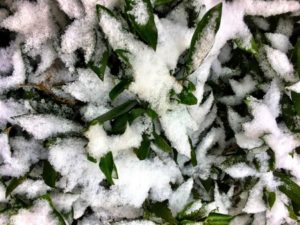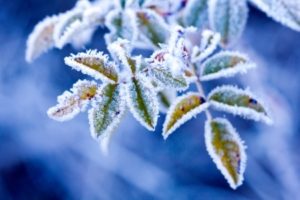
For landscapers and professional gardeners, the hardy perennials that survive harsh winters are a blessing. These sturdy characters mean less work in the spring and create the starting point for the new year’s plantings. For property owners, some perennials provide continuing life and even color when not covered by a mountain of snow. They are also the first to “wake up” when the weather abates.
Peonies
The lovely and fragrant peony will herald the earliest signs of spring. After a sound winter sleep in harsh conditions, these beauties pop back up and bloom as the temperature rises. Professionals recommend trimming peonies back in the fall so the springtime blooms will not have to fight through the dead parts to be enjoyed.
Wild Columbine
Wild Columbine is heartier in winter than other versions of Columbine, according to Better Homes and Gardens. While the original plant may only last a few years, the new growth spreads. These plants yield lovely yellow and pink flowers. Thriving in moist, shady spots, they grow to a height of 2-3 feet and serve nicely as a background planting area addition. Wild Columbines survive the winter conditions well and bounce back quickly as warmer weather appears.
Sedum
The most durable perennials may be in the Sedum family. These manage in the coldest, as well as the hottest, environments. One member, Dragon’s Blood, acts as an excellent groundcover and turns a combination of red and green during the summer. By fall, they become brilliant red up to the time that cold weather arrives. Other varieties may be pink, green, or blue. Experts suggest leaving the faded flowering stalks to remain for a bit of color, if snow permits, and provide seed for birds.
 Siberian Iris
Siberian Iris
As the name suggests, this variety of Iris is capable of handling frigid winter weather. In spring, these emerge with a nearly full spectrum of colors from blue to lilac to white. The plants may grow to 3-4 feet and require little attention.
Suggestion:
Rather than bagging up the fallen leaves, a good alternative is to shred these and use them for mulch to cover and protect perennials from extreme cold spells. The leaves and snow will act as insulation to keep the root and soil temperatures constant, allowing perennials a chance to hibernate well. It is essential to check for rodent damage, however.
